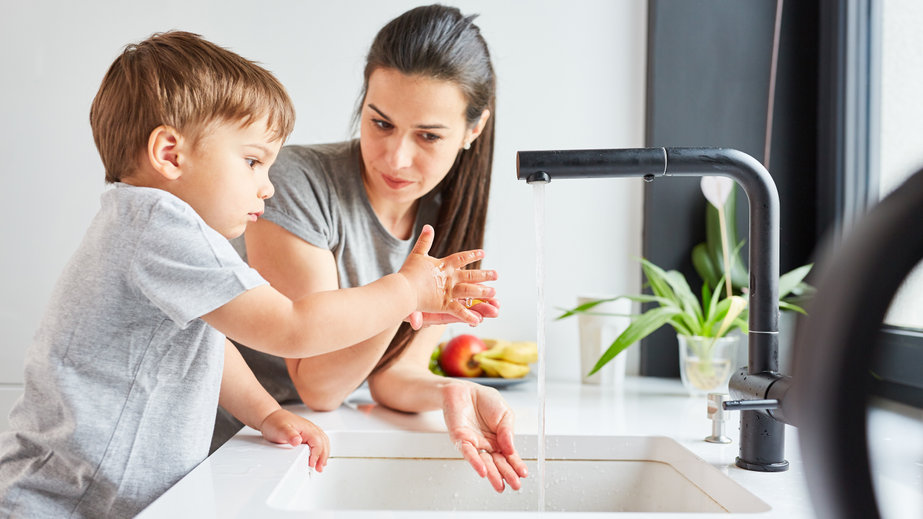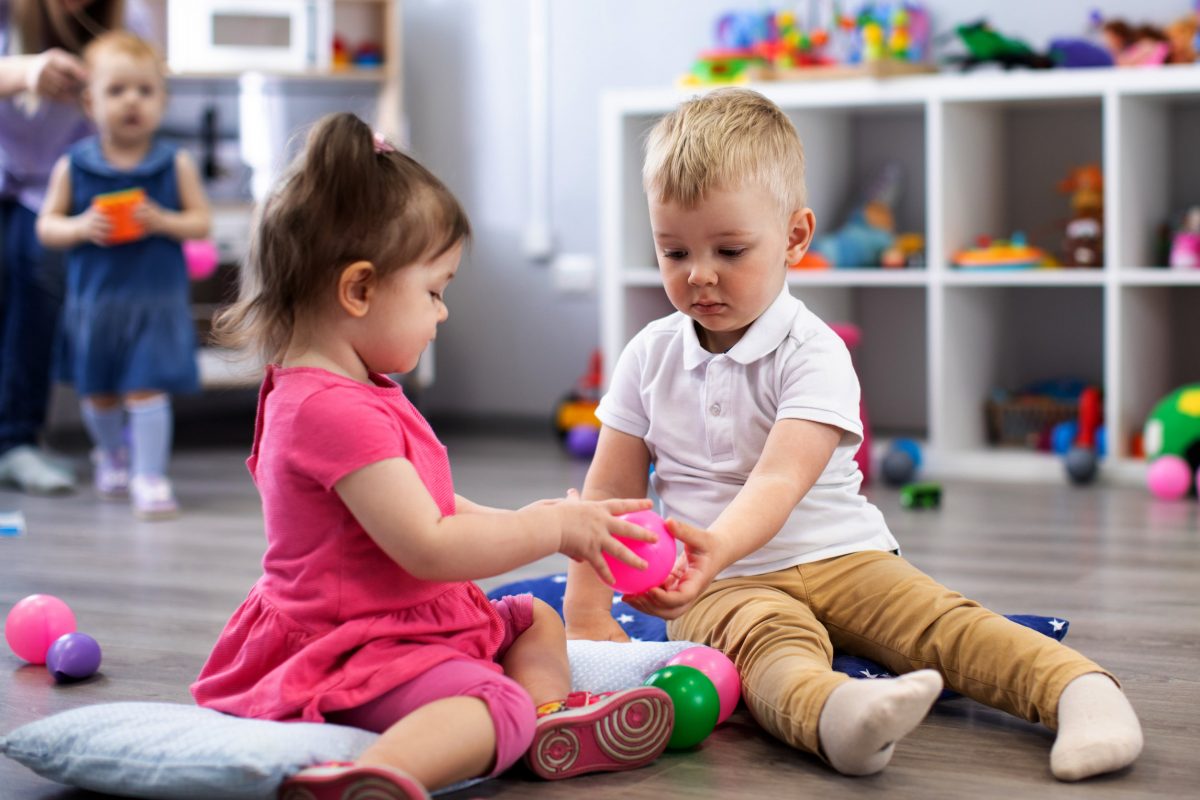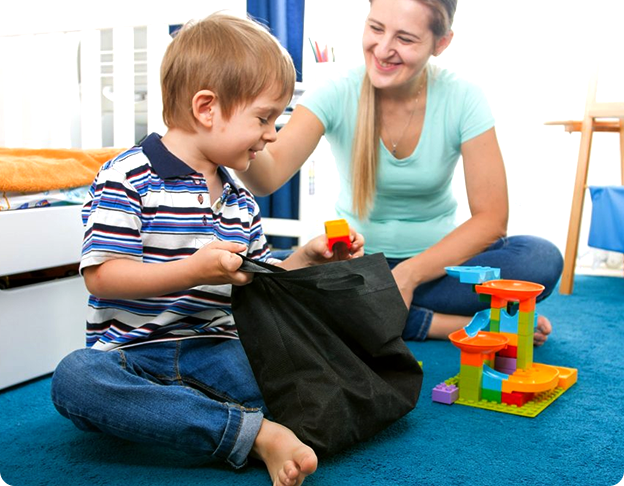You may have never considered it, but you have probably witnessed one individual prompting another dozens of times in your life. For example, if you have been a participant or spectator at a rehearsal for a play, there may have been an actor who forgot a line. Another actor or the director may have given a verbal prompt by reciting the first word or two of the forgotten line, or they may have made a gesture to indicate that a prop needed to be picked up.
The goal of the rehearsal is to ensure that all actors remember what they are to say or do throughout the performance. In ABA therapy, prompts are used to give children on the autism spectrum cues to help them gain skills and enable them to engage in those tasks or skills independently.
Why Is Prompting Important in ABA Therapy?
Pretend that you are a teenager who just landed a summer job as a barista. You do not drink coffee, so you have no understanding of the differences between the assortment of beverages that the shop sells. The minute you report for your first shift, the manager tells you to start preparing the orders for the customers.
You do not know any of the recipes, how to use the machines, or even which cups to use for the different beverages. How would you feel? In all likelihood, you would feel overwhelmed. Confusion would soon become frustration, followed by anger. You might very well walk out the door, never to return.
Children on the autism spectrum often experience a similar sequence of emotions when they are expected to perform a task or demonstrate a skill that they have not mastered. They become frustrated, then they become angry. Their version of walking off the job may be to throw their learning materials, cry, walk away, scream, or act out in other ways.
Returning to your imaginary job as a barista, suppose the manager had given you recipe cards, demonstrated how to prepare the beverages, allowed you to watch a training video, or given you other guidance. All of these mentoring and training steps could be considered prompts. If you had received the right prompts, your first day would probably have gone very differently.
The same is true for children on the spectrum who are confronted with a situation in which they are uncomfortable. Prompts can help them learn the steps they need to follow to demonstrate a skill or master a task.
What Prompts Are Used in ABA?
Basically, a prompt is something that is effective at encouraging a correct response from the child. There are numerous prompts that could potentially be used, but it is helpful to classify them as verbal, gestural, visual, model, physical, and spatial. The hierarchy of prompting is “Least-to-Most” or “Most-to-Least.” Although there are more prompts available, here are some common ones used:
- Physical prompts include taking the child’s hand to lead him or her to a different location, guiding the child’s hand to draw a letter or numeral, or moving the child’s hands to teach proper hand-washing techniques.
- Verbal prompts are the most intrusive and are difficult to fade and they could be hints or instructions. For example, you could instruct a child to pick up a crayon, or you could ask the child to pick up a toothbrush as the first step of brushing their teeth.
- Modeling is demonstrating the action or behavior that you want the child to learn. For example, when teaching a child the proper way to wash his or her hands, you could show them by washing your own hands and demonstrating the skill to them, step-by-step.
- Gestural prompts including pointing or looking at an object to silently communicate the action that the child should take. For example, you could point at a stuffed cat if you want the child to pick it up. Since gestural prompts are silent, you should never combine them with verbal prompts. In the earlier example, pointing at the cat should not be accompanied by verbal instructions to pick up the toy.
- Visual prompts use images to convey information. They can be especially effective for teaching the sequence of steps in a task. For example, suppose the child needs to perform a series of steps before going outside for recess. You could use a diagram to illustrate each step. Sample steps could be to stack their papers on their desks, put away their crayons, return any toys to the shelves, put on their jackets, button or zip their jackets, and put on their gloves.
- Spatial prompts involve placing an object in proximity to the child to provide an unspoken cue. To illustrate, suppose you want the child to use a red crayon to write his or her name. Placing the red crayon closer to the child’s hand than the other crayons can prompt the child to pick up the red one.
It is important to remember that the ultimate goal is for the child to learn how to handle tasks without the need for prompts. Therefore, you should use the least-intrusive prompt that will evoke the desired response. Furthermore, you should occasionally evaluate whether the child can complete a task independently if you remove the prompt. If not, it may be time to begin fading prompts.
Fading means that you gradually substitute prompts that are less intrusive. For example, if you have been teaching hand-washing techniques by physically manipulating the child’s hands, you could model the task instead; if you are at the modeling stage, you could substitute visual prompts.
When handled correctly, prompting and fading can provide children with the ability to perform actions independently. To keep track of the different types of prompts, download our Prompting Visual Guide today!





